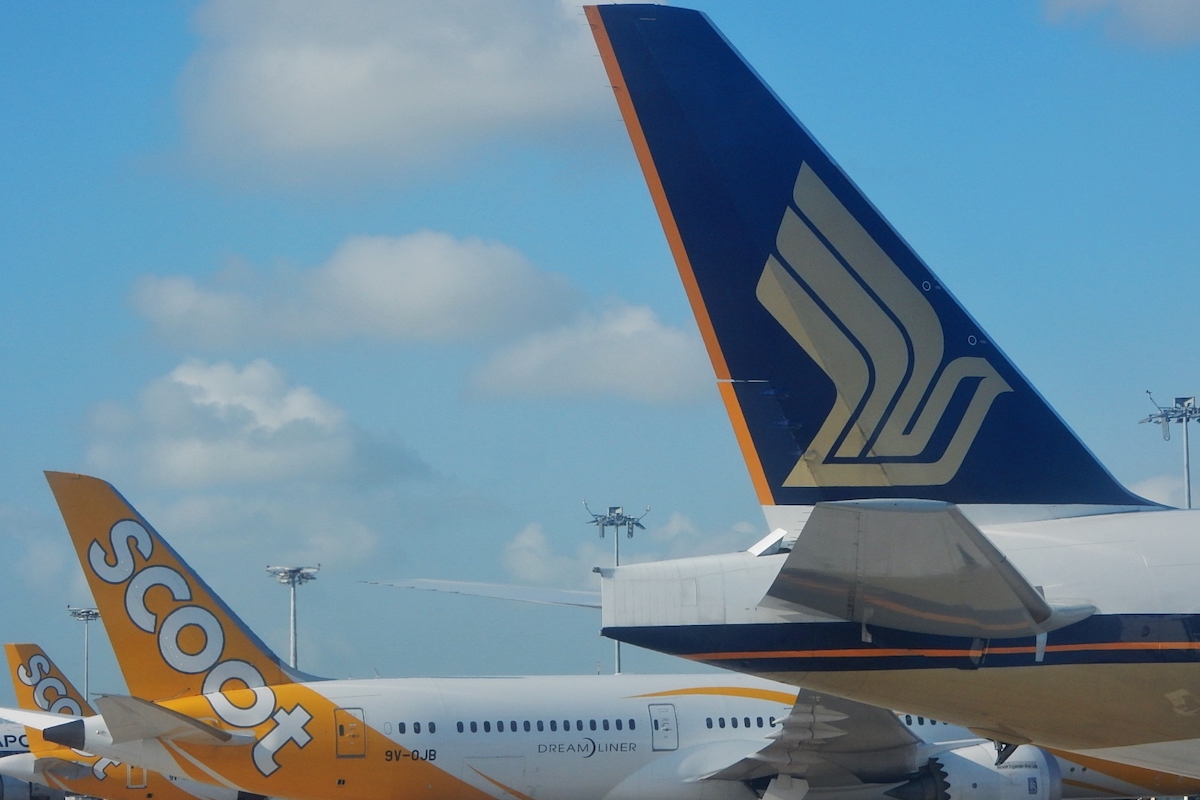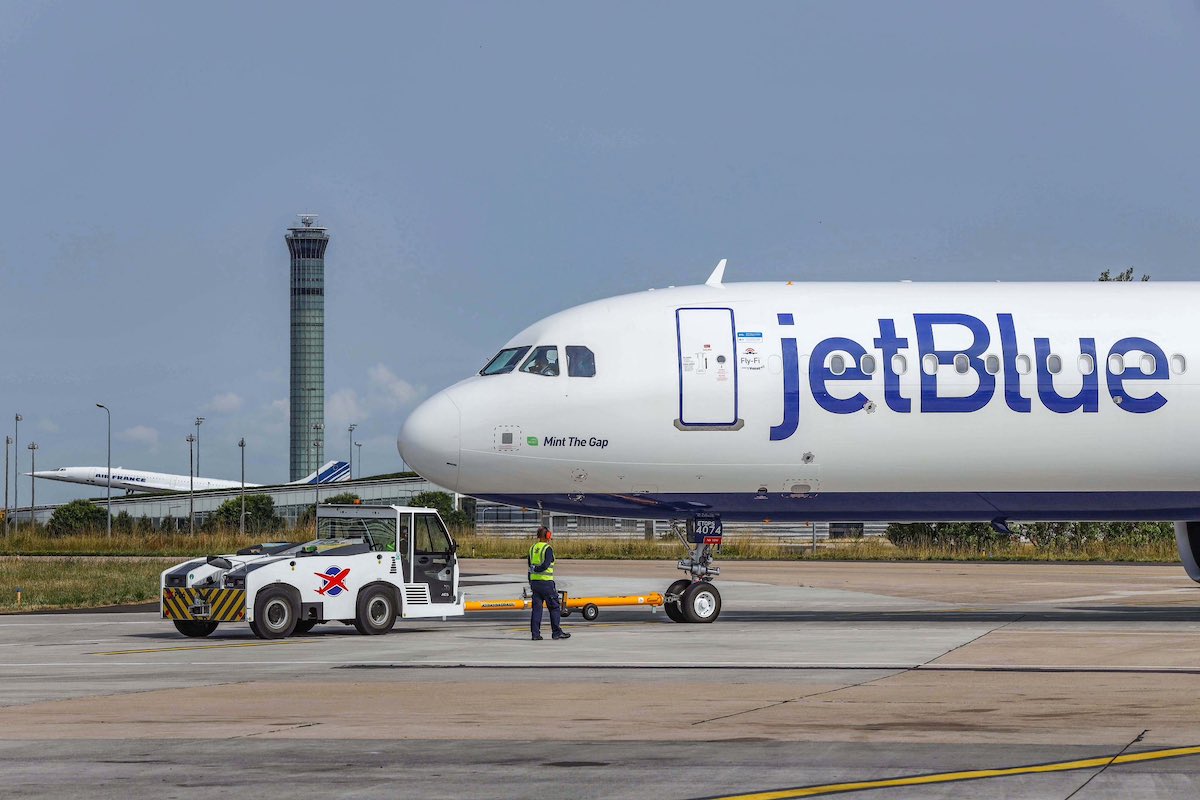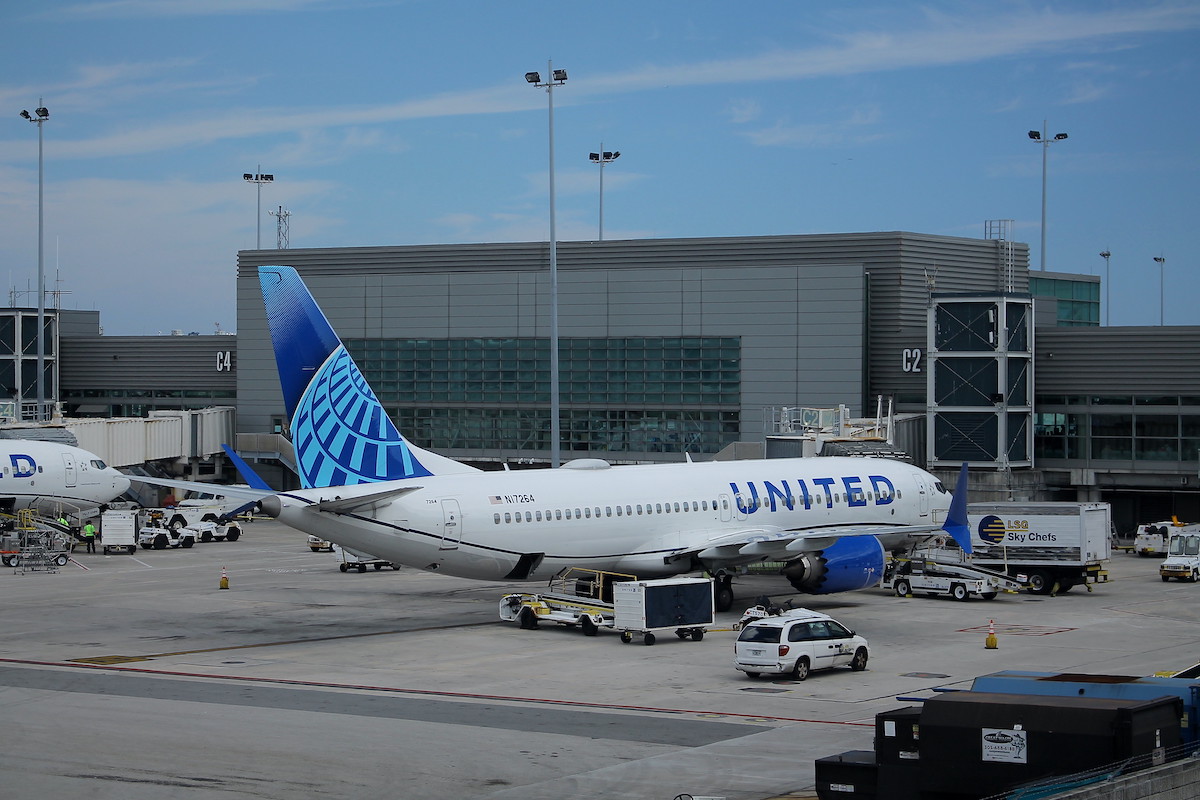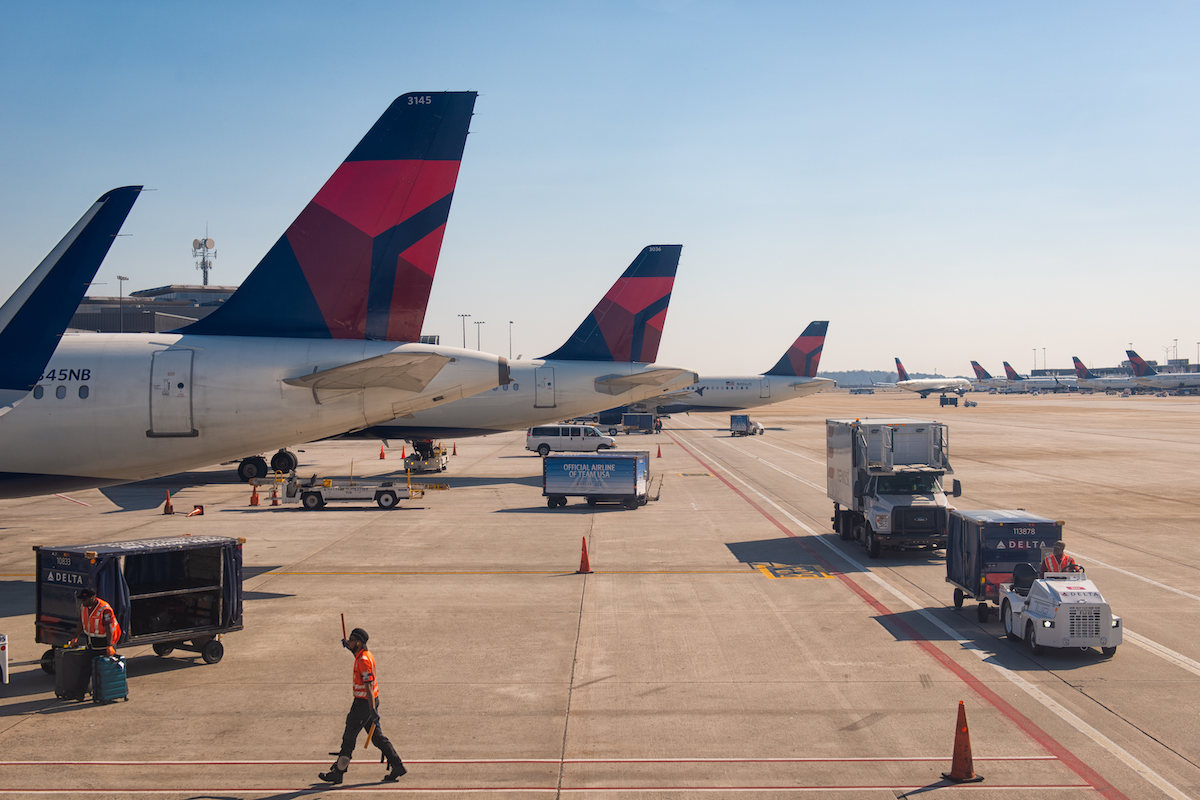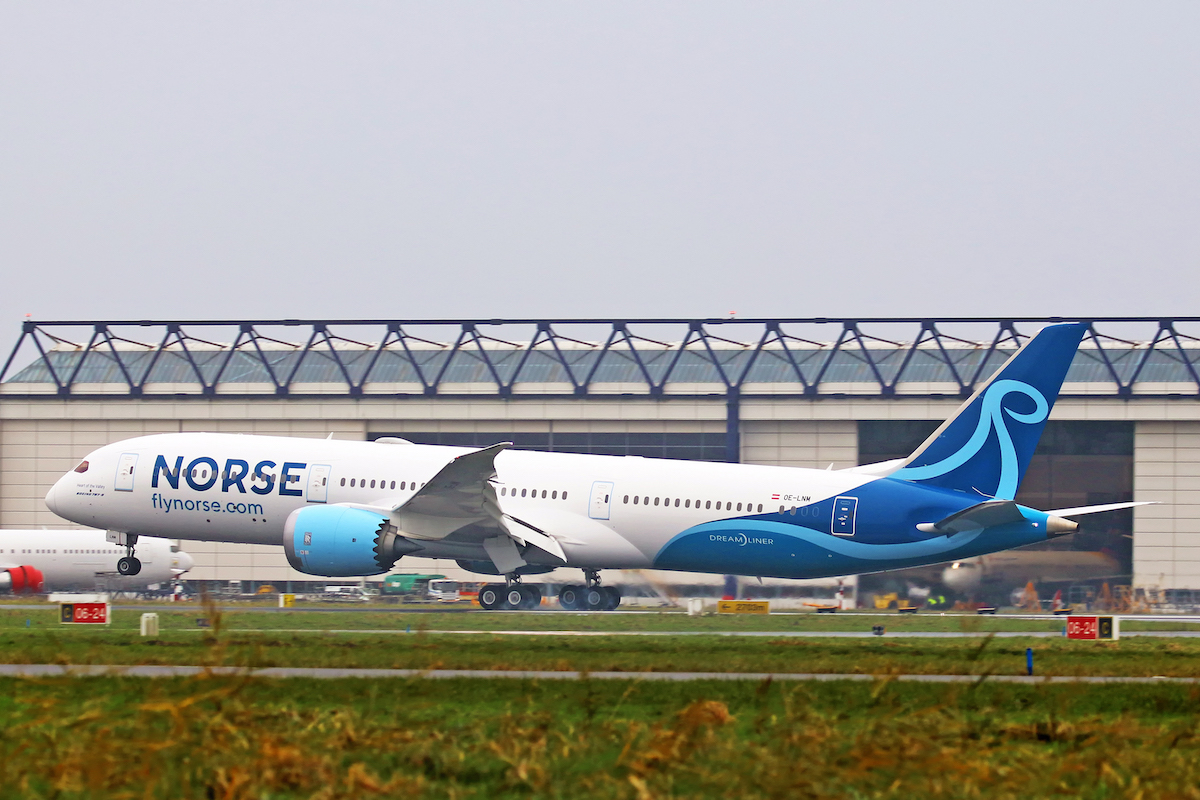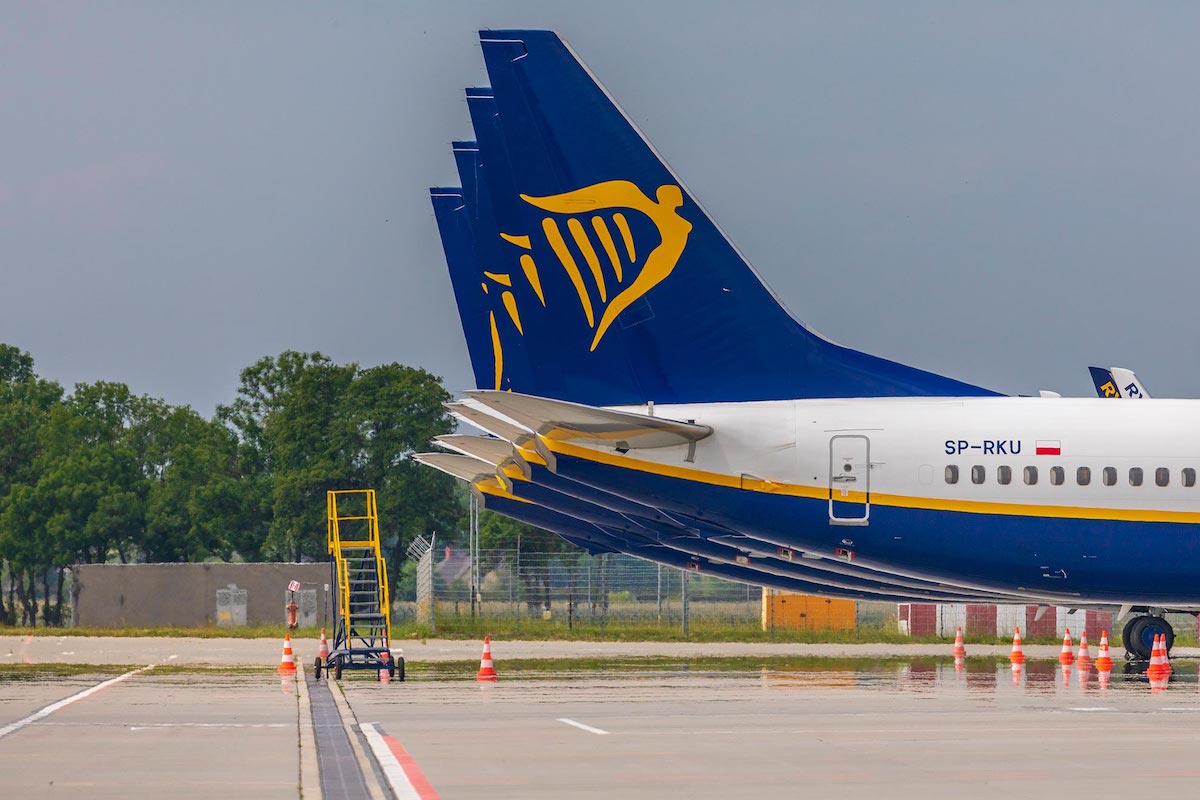Singapore Airlines’ historic profitability is back. This has helped boost the carrier’s confidence in the future, underpinning some audacious moves to maintain — and expand — its position as a leading global airline.
The carrier posted a 16 percent operating margin in the December quarter, the third in its fiscal year that ends in March; that bested its performance during the first six months of its fiscal year by a point. Singapore Airlines was lifted by fuel hedge gains, without which its operating margin was 12 percent, but even that was two points better than three years earlier. It reported an operating profit of S$755 million ($565 million) for the three months ending in December.
What’s more, Singapore Airlines posted record revenues of S$4.8 billion, up 6.7 percent year-over-three-years, in the December quarter. Unit revenues, measured by revenue per available seat kilometer, also set a record at 10.8 Singapore dollar cents, or up nearly 33 percent compared to 2019.
Cargo was one area of weakness for Singapore Airlines. Revenues and yields decreased in the December quarter from the quarter before with the carrier citing a weaker global macroeconomic environment, as well as the increase in aircraft belly capacity. However, cargo yields were still more than double what they were three years earlier.
Set against the backdrop of strong financial results, not to mention a bullish outlook, Singapore Airlines made a number of deals looking toward its future. The most significant was an agreement in November with the Tata Group to take a 25.1 percent stake in Air India in exchange for the group’s minority stake in Vistara and S$360 million. Singapore Airlines has repeatedly cited the deal as key to its direct participation in the “large and fast-growing” Indian market. Air India committed to at least 470 Airbus and Boeing aircraft earlier in February in the airline’s largest-ever order.
Singapore Airlines plans to launch a new codeshare with Thai Airways later this year. The deal will funnel travelers from Thai’s network onto Singapore Airlines longhaul flights to the Americas and South Africa — two markets Thai does not currently serve — over Singapore Changi airport. And the carrier earlier this year signed a memorandum of understanding with Vietnam Airlines for codesharing.
And, Singapore Airlines budget subsidiary Scoot on February 17 signed a letter of intent with lessor Azorra for nine Embraer E190-E2s with deliveries in 2024 and 2025. The 112-seat aircraft will be used to open “thinner routes to non-metro destinations” unserved by Scoot or Singapore Airlines fleet of larger Airbus and Boeing planes. Scoot’s smallest aircraft is the Airbus A320 with 180 seats, and Singapore Airlines’ smallest is the Boeing 737-8 with 154 seats.
Singapore Airlines and Scoot ended December with a combined 195 aircraft, including seven freighters. The former expects deliveries of one Airbus A350-900 and one Boeing 787-10 in the March quarter.
On the travel demand front, Singapore Airlines described it as “robust” in the December quarter, and “expected to be robust” in the March quarter. It cited the easing of Covid travel restrictions in China in January, Hong Kong in late December, and other countries in the region as some of the drivers of its outlook. Forward bookings “remain strong,” the carrier added.
Singapore Airlines flew 80 percent of its 2019 passenger capacity in December and plans to fly roughly 77 percent of four years ago in the March quarter. The carrier resumed flights to Beijing and Guangzhou in January, according to Diio by Cirium schedules.
